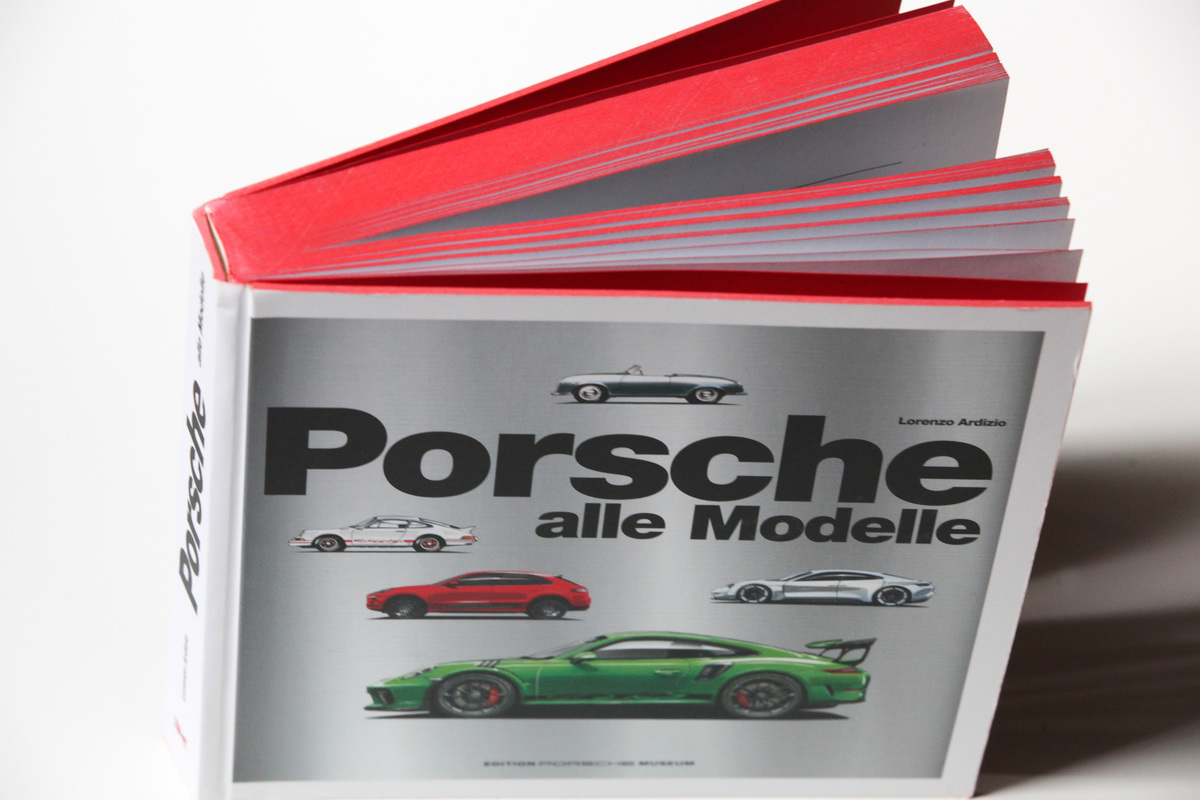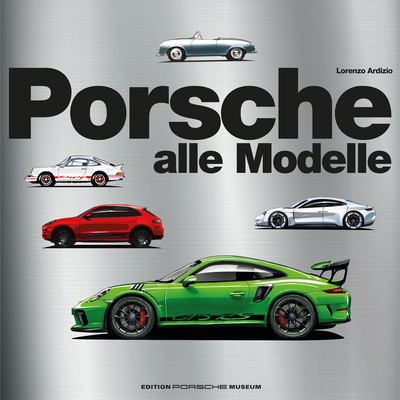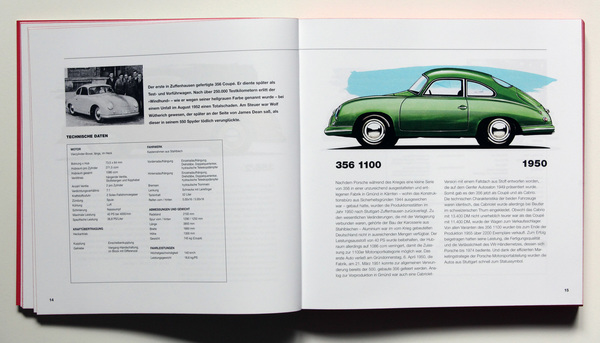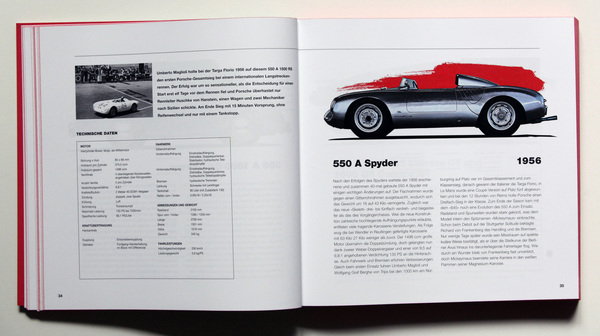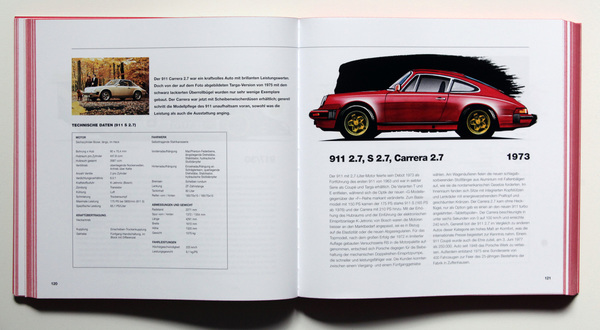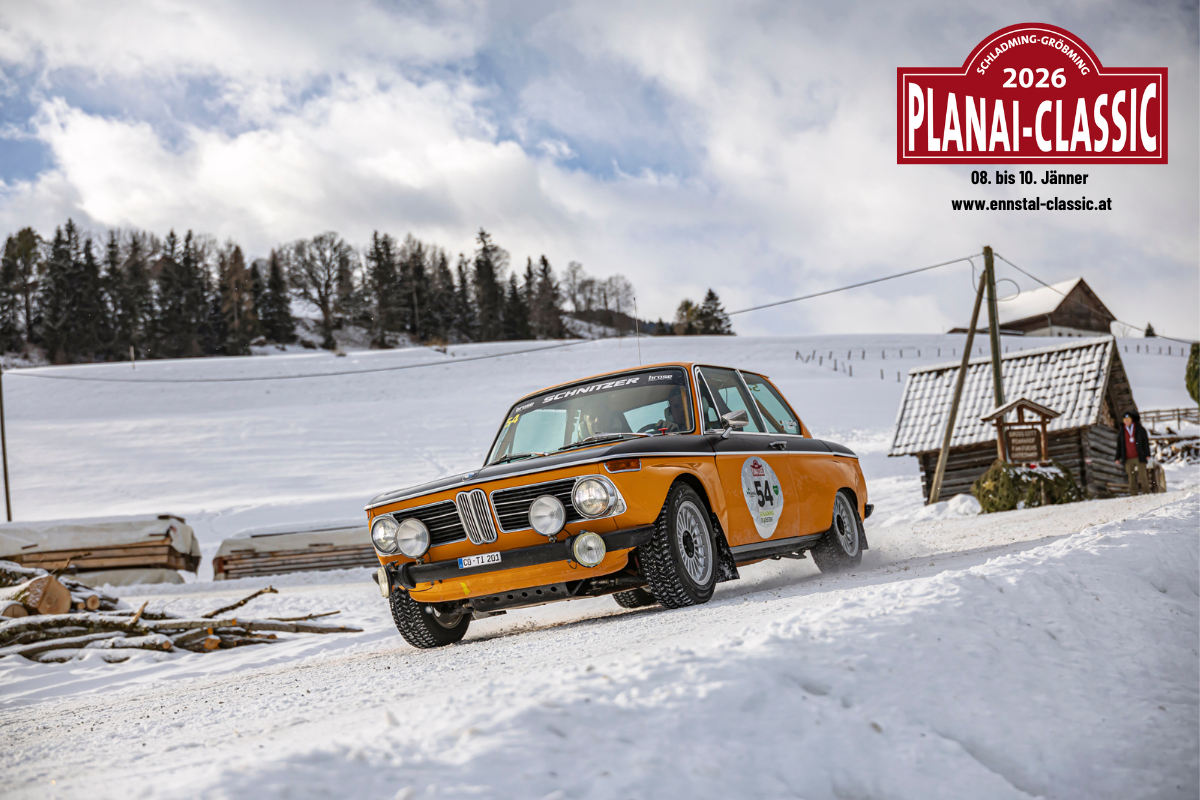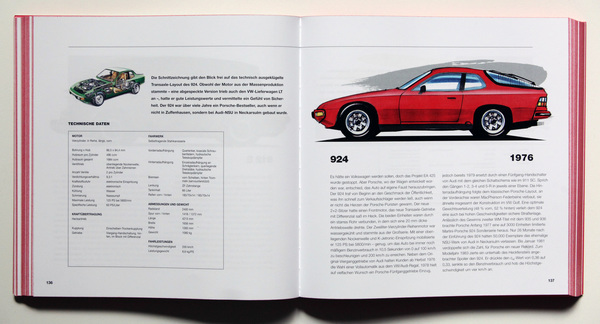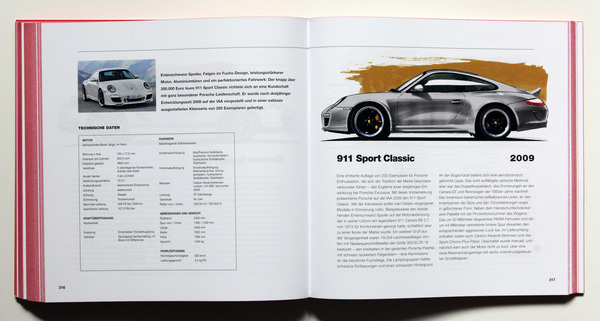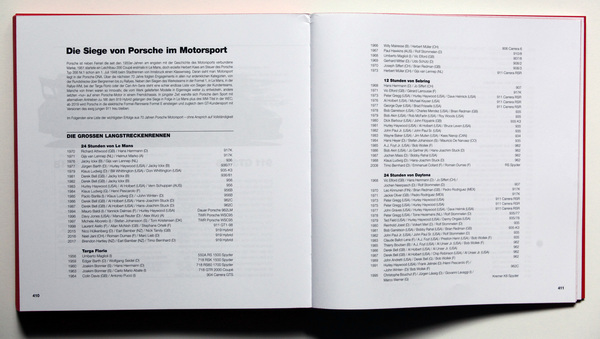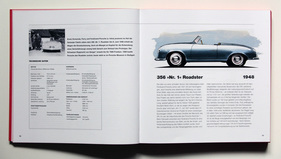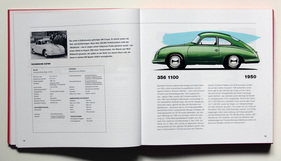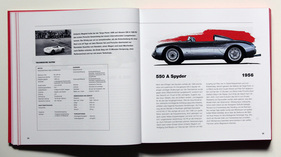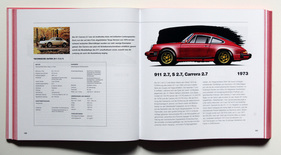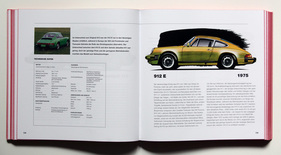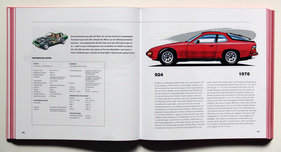With "Porsche - Alle Modelle", it feels like the tenth new Porsche book in German is on the pile of books for review this year. It's interesting how you can approach the subject of Porsche and its models again and again. But more on that later. Fortunately, there are already several books on other topics and other manufacturers in the queue. But the topic of Porsche never dies down. In other words: Porsche is always attractive. Probably also in sales.
Why book reviews on zwischengas
Like everywhere else, there are good and bad offers and for little or a lot of money. We see our reviews as recommendations for our readers. That's why book reviews are given plenty of space on zwischengas.
In contrast to the large introductions in some print editions, we try to find a target group for each book through intensive discussion. Sometimes the content convinces us, sometimes the price, sometimes the meticulousness. And in the best case, both. However, this can also mean that a good book can cost more than EUR 100. I'm writing this because I found it difficult to really find a target group for this book review.
Nicely done
Before me lies an impressive tome in 23 x 23 cm square format. Hardcover and richly decorated with illustrations. It reminds me a little of the Motorbuch Verlag monographs from the 1970s.
I quote from the press release: "Lorenzo Ardizio has compiled all the models of the Swabian car manufacturer for this book: from the first Porsche 356 in 1948 to the world-famous 911 Carrera RS 2.7 and the 959 super sports car. Each model series is described in detail, richly illustrated and made almost tangible with wonderfully comparable design drawings by Michele Leonello (always from the same perspective). It also includes real racing champions and little-known prototypes - even die-hard Porsche fans will discover something new here."
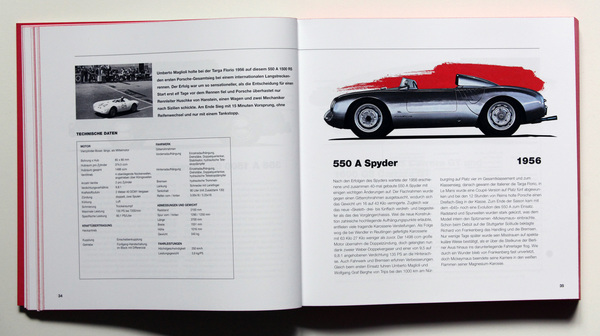
Sounds very promising. I already have countless Porsche books with all the models. But maybe I can get something new out of this book. The book is arranged chronologically by year, with a double page devoted to each model: on the left a profile with picture and caption, on the right the illustration mentioned in the press release and a short text on the vehicle presented, half the length of an A4 page.
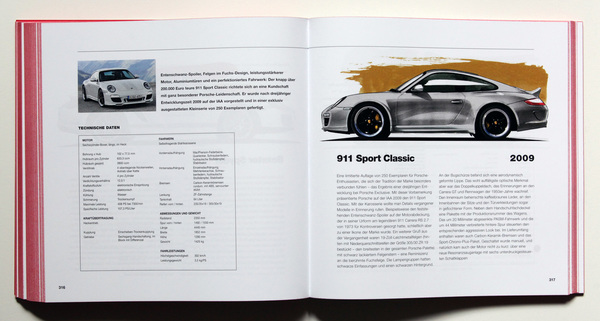
Almost 200 models from 1948 with the first 356-1 (and not the VW Berlin Rom car) to the 911 GT3 RS from 2018. You can tell: books get old quickly, going forward.
Incompletely researched
The double-page spread for each model naturally narrows the scope quite a bit. However, it gets bad when you discover significant errors on the first few pages, which don't turn out to be unique, but are present throughout the entire book. Some
examples:

1st model: Porsche 356-1 (1948)
"Despite initial difficulties, three bodies for a sleek aluminum roadster were built in a very short time."
Hello?! THREE? Does the Porsche story have to be reopened? Or have the three bodies been confused with the three from the Berlin-Rome car?
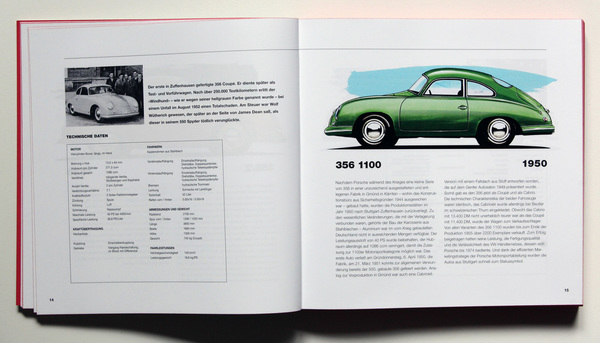
2. 356 1100 (1950)
"After Porsche had built a small series of 356s during the war in an inadequately equipped and remote factory in Gmünd (...) (...).
I can't believe it. Three pages after the presentation of the 356-1, the series of the 356-2 is simply brought forward again and production is scheduled for the last days of the war. Hallelujah.

3. 912 E (1975)
"The memorable success of the 912 in 1964 prompted Porsche to offer a car with the same esprit more than ten years later: the 912 E, intended exclusively for the US market."
A worthy example that the author is simply not familiar with the history of Porsche. The 912 E was not driven by the success of the first 912, but was a stopgap to provide the US market with an affordable entry-level model for the discontinued Porsche 914 until the introduction of the Porsche 924. So there are big and small blunders throughout the book.
What do the translators say?
Thomas Imhof is known as a Porsche connoisseur and translator of various works. I spoke to him on the phone about my discoveries and he noted that his job had been to translate, ironing out the mistakes that could have been eliminated to the best of his knowledge. However, he had not been commissioned to edit the text. Understandably, translating is a duty, editing is optional. With the errors and 200 models, this basically leads to thorough research into every statement.
Certainly, a number of errors have already been corrected in advance, but the remaining ones cast doubt on the credibility of the rest.
Conclusion
Book reviews at zwischengas are a help for our readers. In the best-case scenario, we make an unconditional recommendation for everyone to buy. In other cases, in our opinion, books are aimed at enthusiasts. Even without its faults, this book would be a good place to start. Nice data, attractively presented, finely illustrated. The connoisseur or model enthusiast doesn't need something like this.

But now, for € 24.90, there is the matter of these errors. And even though the book seems to have made it into the "Edition Porsche Museum" series, we can only hope that not too many fans will pick up the book at the museum. Or especially those who are primarily interested in the images and tables.
Because as the press release says: "Even die-hard Porsche fans will discover something new here."
Of course, it should also be said that most of the information in the book is certainly correct.
Bibliographic information
- Title: Porsche all models
- Author: Lorenzo Ardizio
- Drawings: Michele Leonello
- Language: German
- Publisher: Delius Klasing, 1st edition 2019
- Format: 230 x 232 mm, hardcover
- Scope: 400 pages, over 400 photos and drawings
- ISBN: 978-3-667-11251-4
- Price: EUR 24,90
- Order/buy: Online at amazon.de, online at delius-klasing.de or in a good bookshop
